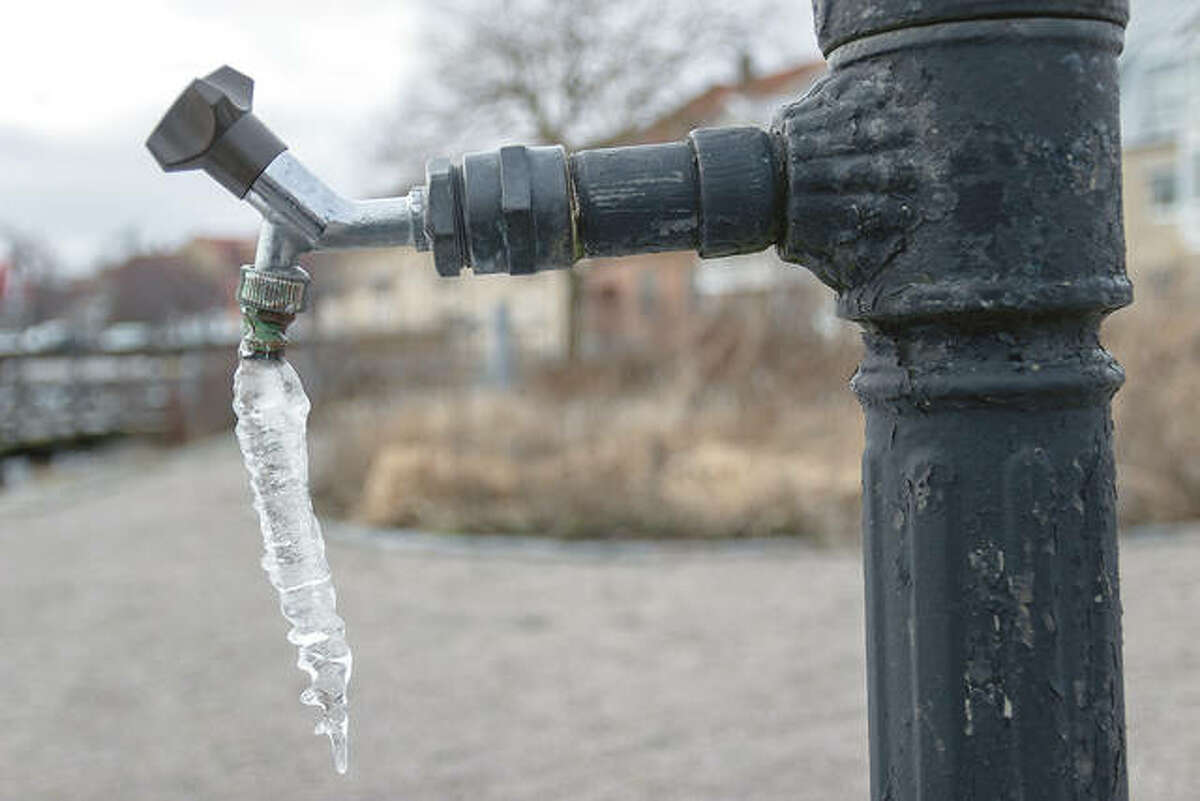Important Tips for Preventing Frozen Plumbing in Cold Weather Seasons
Important Tips for Preventing Frozen Plumbing in Cold Weather Seasons
Blog Article
What're your ideas about Winter Plumbing Precautions: Preventing Frozen Pipes?

Winter can damage your plumbing, specifically by freezing pipes. Here's exactly how to prevent it from taking place and what to do if it does.
Introduction
As temperature levels drop, the danger of icy pipes boosts, possibly resulting in expensive repairs and water damage. Recognizing exactly how to avoid icy pipelines is critical for home owners in cold environments.
Recognizing Frozen Pipelines
What triggers pipes to ice up?
Pipes ice up when revealed to temperatures below 32 ° F (0 ° C) for expanded periods. As water inside the pipelines ices up, it expands, putting pressure on the pipe wall surfaces and possibly triggering them to burst.
Risks and damages
Frozen pipelines can lead to water disruptions, building damages, and pricey repair services. Ruptured pipes can flood homes and trigger comprehensive structural damage.
Indications of Frozen Piping
Recognizing frozen pipes early can stop them from bursting.
Just how to recognize frozen pipes
Search for decreased water flow from faucets, unusual smells or noises from pipelines, and noticeable frost on exposed pipelines.
Prevention Tips
Insulating vulnerable pipes
Cover pipes in insulation sleeves or make use of warm tape to protect them from freezing temperature levels. Focus on pipelines in unheated or external locations of the home.
Heating strategies
Keep interior rooms adequately heated up, especially areas with pipes. Open up cupboard doors to permit warm air to circulate around pipelines under sinks.
Safeguarding Exterior Pipes
Garden hose pipes and outside taps
Disconnect and drain pipes yard hose pipes prior to winter season. Install frost-proof faucets or cover exterior taps with insulated caps.
What to Do If Your Pipelines Freeze
Immediate activities to take
If you think icy pipes, keep taps open up to soothe pressure as the ice melts. Utilize a hairdryer or towels soaked in warm water to thaw pipelines slowly.
Long-Term Solutions
Architectural modifications
Think about rerouting pipes away from outside wall surfaces or unheated locations. Include added insulation to attics, cellars, and crawl spaces.
Upgrading insulation
Buy premium insulation for pipes, attic rooms, and wall surfaces. Proper insulation aids preserve consistent temperature levels and minimizes the threat of frozen pipelines.
Final thought
Stopping icy pipelines needs positive measures and quick actions. By understanding the reasons, indicators, and preventive measures, house owners can secure their pipes during winter.
5 Ways to Prevent Frozen Pipes
Drain Outdoor Faucets and Disconnect Hoses
First, close the shut-off valve that controls the flow of water in the pipe to your outdoor faucet. Then, head outside to disconnect and drain your hose and open the outdoor faucet to allow the water to completely drain out of the line. Turn off the faucet when done. Finally, head back to the shut-off valve and drain the remaining water inside the pipe into a bucket or container. Additionally, if you have a home irrigation system, you should consider hiring an expert to clear the system of water each year.
Insulate Pipes
One of the best and most cost-effective methods for preventing frozen water pipes is to wrap your pipes with insulation. This is especially important for areas in your home that aren’t exposed to heat, such as an attic. We suggest using foam sleeves, which can typically be found at your local hardware store.
Keep Heat Running at 65
Your pipes are located inside your walls, and the temperature there is much colder than the rest of the house. To prevent your pipes from freezing, The Insurance Information Institute suggests that you keep your home heated to at least 65 degrees, even when traveling. You may want to invest in smart devices that can keep an eye on the temperature in your home while you’re away.
Leave Water Dripping
Moving water — even a small trickle — can prevent ice from forming inside your pipes. When freezing temps are imminent, start a drip of water from all faucets that serve exposed pipes. Leaving a few faucets running will also help relieve pressure inside the pipes and help prevent a rupture if the water inside freezes.
Open Cupboard Doors
Warm your kitchen and bathroom pipes by opening cupboards and vanities. You should also leave your interior doors ajar to help warm air circulate evenly throughout your home.

I was made aware of that article on Prevent Frozen Pipes through a pal on another domain. Sharing is nice. Helping people is fun. Bless you for your time. Don't hesitate to check our website back soon.
Book Your Installation Report this page